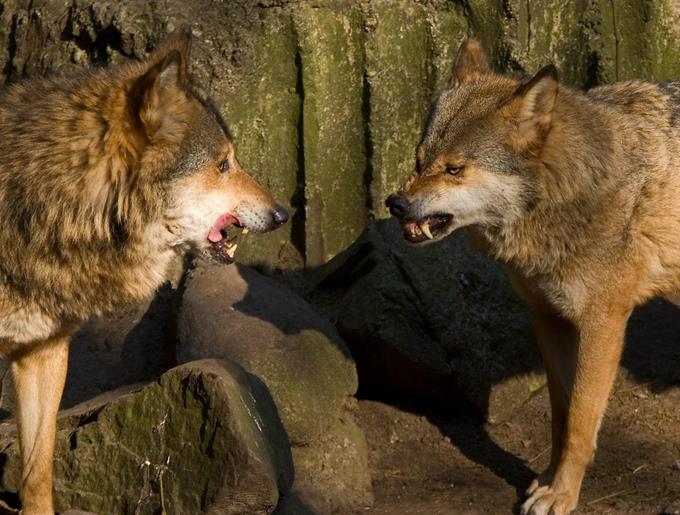Conflict and Problem Solving in Small Groups
38 Styles Of Interpersonal Conflict
Styles Of Interpersonal Conflict
Team conflict is a state of discord between individuals that work together.
LEARNING OBJECTIVES
Explain the distinction between substantive and affective conflicts and between intra- and inter-organizational conflicts.
KEY TAKEAWAYS
Key Points
- Conflict is a state of discord between people, or groups of people working together, caused by an actual or perceived opposition of needs, values, and/or interests.
- Substantive conflicts deal with aspects of performance or tasks and often relate specifically to the project or goals of a team or organization.
- Affective conflicts, also known as personal conflicts, revolve around personal disagreements or dislikes between individuals in a team.
- Organizational conflict may be intra-organizational, meaning it takes place across departments or within teams, or it may be inter-organizational, meaning it arises from disagreements between two or more organizations.
Key Terms
- affective: Relating to, resulting from, or influenced by emotions.
- substantive: Of the core essence or essential element of a thing or topic.
Conflict is a feature common to social life. In organizations, conflict is a state of discord caused by the actual or perceived opposition of needs, values, and/or interests between people working together. Conflict on teams takes many forms and can be minor, causing only brief disruption, or major, threatening the team’s ability to function and attain its goals. We can distinguish between two type of conflict: substantive and affective.
Substantive and Affective Conflict
Substantive conflicts deal with aspects of a team’s work. For example, conflicts can arise over questions about an individual’s performance, differing views about the scope of a task or assignment, disparate definitions of acceptable quality, or the nature of a project goal. Other substantive conflicts involve how team members work together. These process conflicts often involve disagreements over the strategies, policies, and procedures the group should use in order to complete its tasks.
Affective conflict relates to trouble that develops in interpersonal relationships among team members. While these personal conflicts emerge as people work together, they may have their roots in factors separate from the team’s purpose and activities. Affective conflicts are often based on personality conflicts, differing communication styles, perceptions about level of effort, or personal dislikes based on negative past experiences.
Intra-Organizational and Inter-Organizational Conflict
Both substantive and affective conflicts can be separated into those that happen within an organization and those that happen between two or more different organizations. Intra-organizational conflicts occur across departments in an organization, within work teams and other groups, and between individuals. Inter-organizational conflicts are disagreements between people—business partners, for example, or other collaborators, vendors, and distributors—in two or more organizations.


